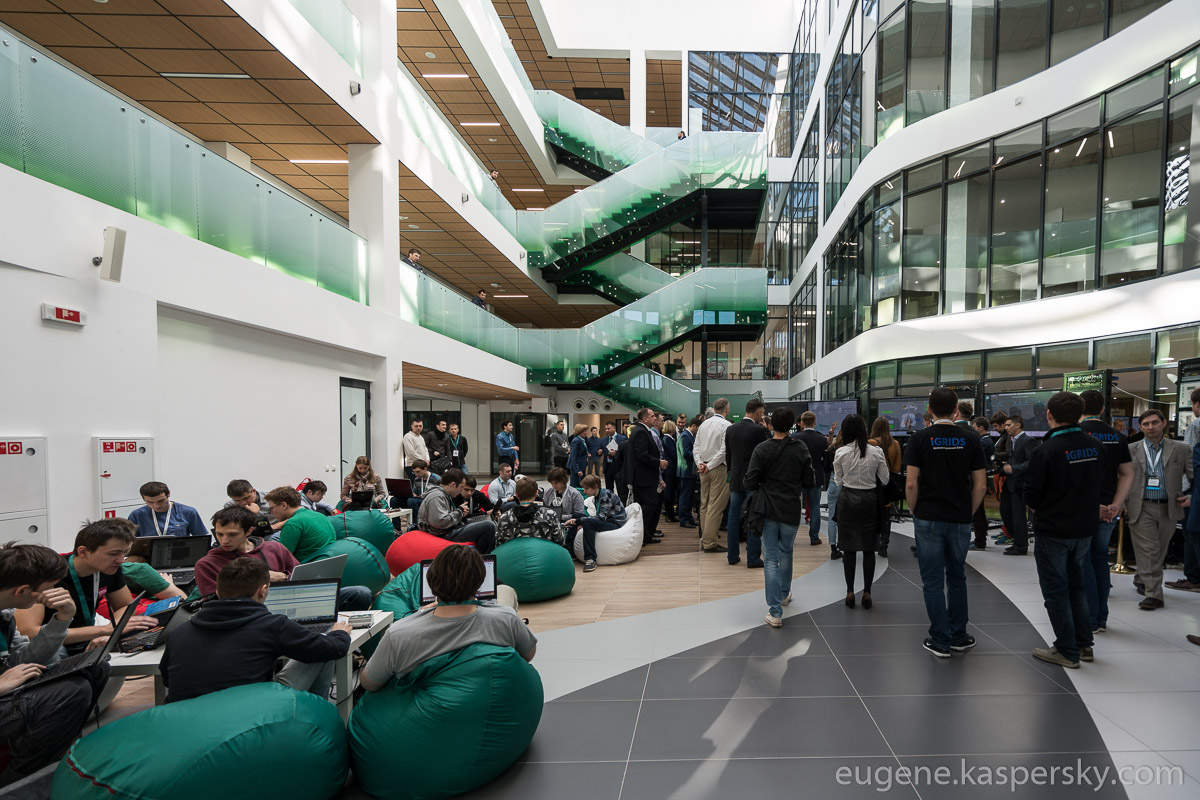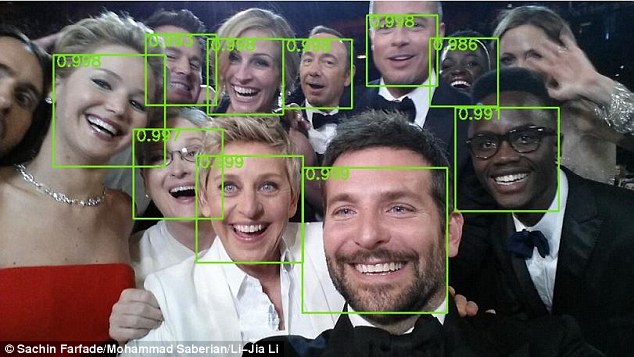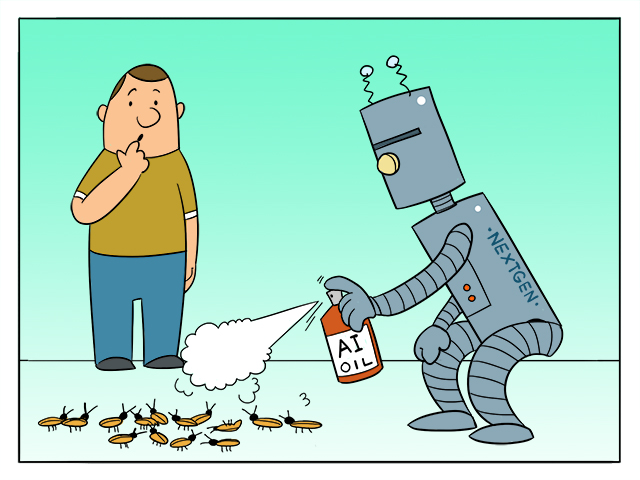October 19, 2016
One Small Step into Giant Industrial Security.
The other day, Innopolis – the hi-tech town just outside the city of Kazan, Tatartstan, 800 kilometers directly to the east of Moscow – became a “world center of industrial systems’ cybersecurity”.
I was here early this year marveling at the speed of its development and ambitiousness of its plans, all the while turning over its future prospects in my mind.
First of all, let me get all gushing in singing praises: I take my hat off to the determination and persistence of the local authorities, the assuredness of the partners and sponsors, and also the professionalism of the contractors and everyone else who played a part in making Innopolis a reality.
Innopolis was built from nothing in just three years according to a hi-tech concept for hi-tech companies: here there’s excellent infrastructure for both living and doing business, a special economic zone, university, and an international airport not far away.
The year-round conveniences and also the prices here are so attractive it could make you think about dropping everything and moving to Tatarstan at once! In the winter there’s downhill skiing, in summer there’s the golf course, in fall there’s mushroom picking in the surrounding forest, and all year round there’s fishing on the Volga. A 50m2 one-bedroom apartment costs a mere 7000 rubles (~$110) to rent and a two-bedroom apartment costs just 10,000 rubles (~$160), which has a lift going down to the underground parking, which incidentally also costs next to nothing – 1000 rubles per month (~$16). Also: the gym + swimming pool costs just 15,000 rubles a year (~$240)!
Moreover, everything is brand spanking new, shiny, modern, stylish and hi-tech – a far cry from its humble, rural/provincial surroundings.
There’s only one thing that spoils things: Innopolis is surrounded by ugly vacant lots and construction sites. Still – no omelet without the proverbial eggs – and it’s obvious that it’s not going to stay that way forever. It looks like it’ll soon either be built up with more swish residential buildings or just made pretty with landscaping, lawns or something else pleasing to the eye.
So, as you can see, it’s no wonder there’s a long line to get here to live/study/work.












